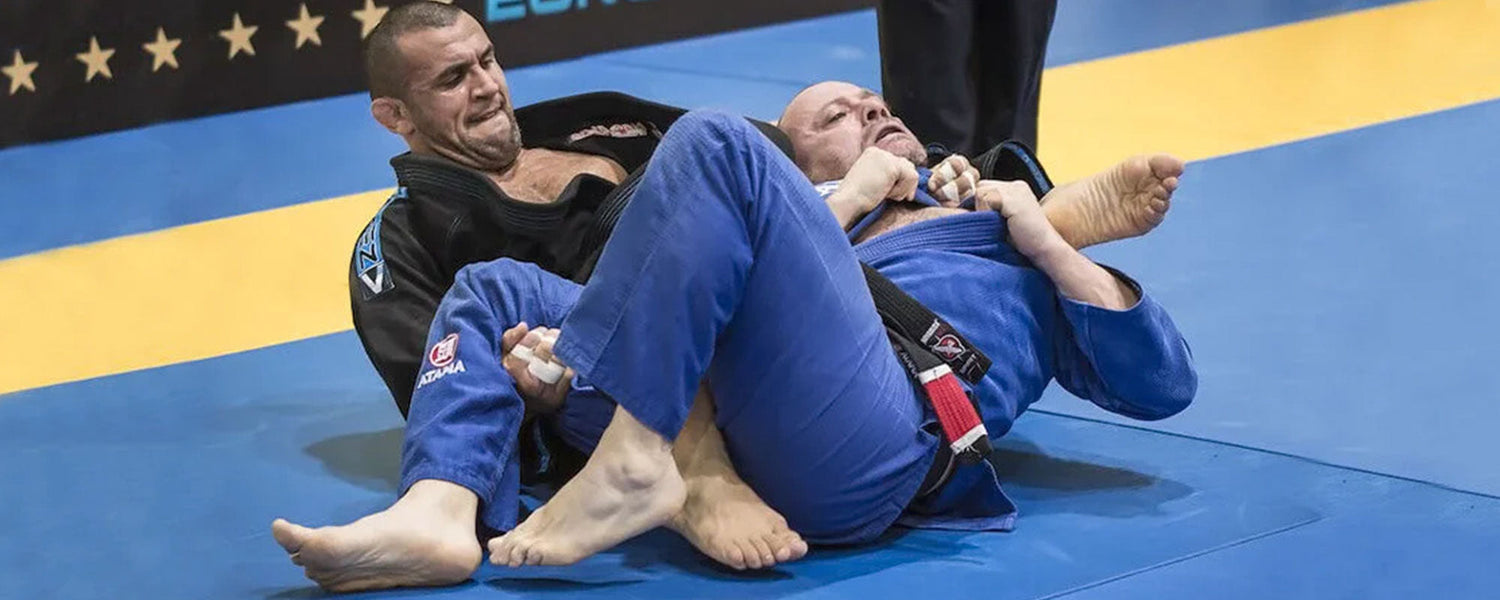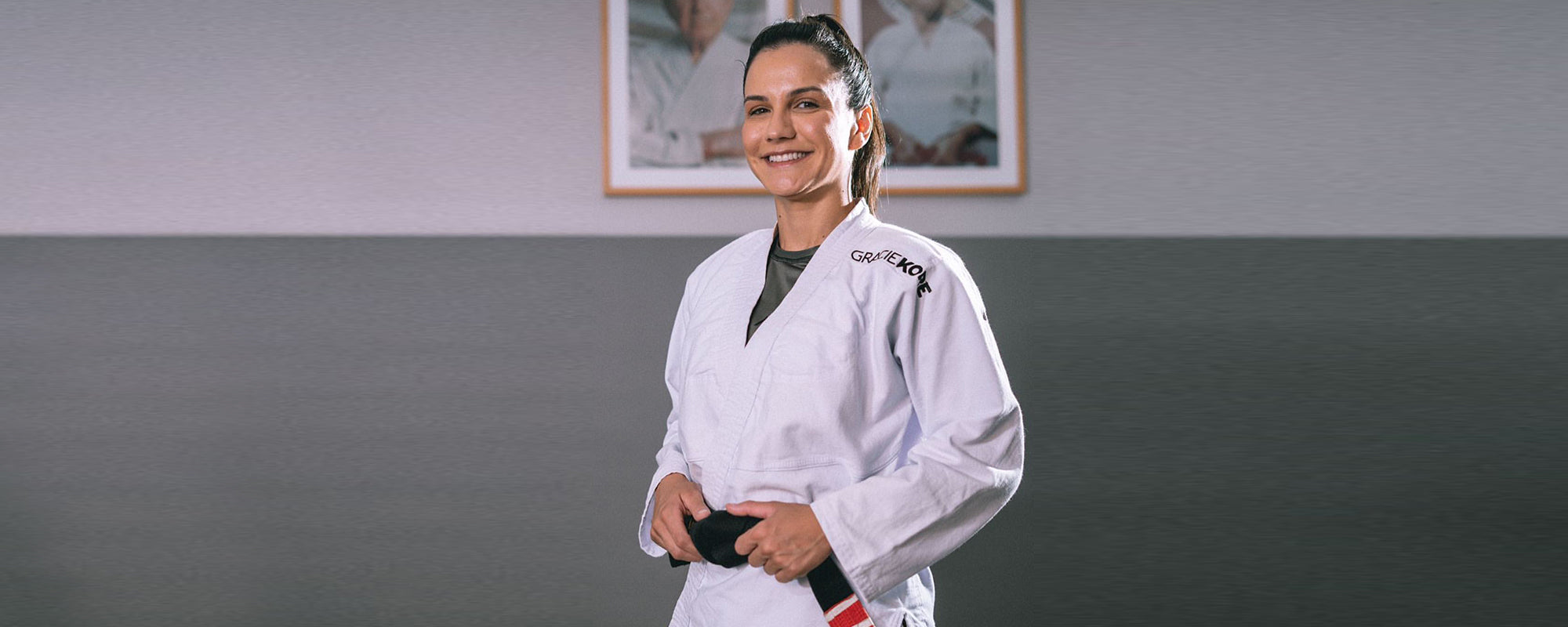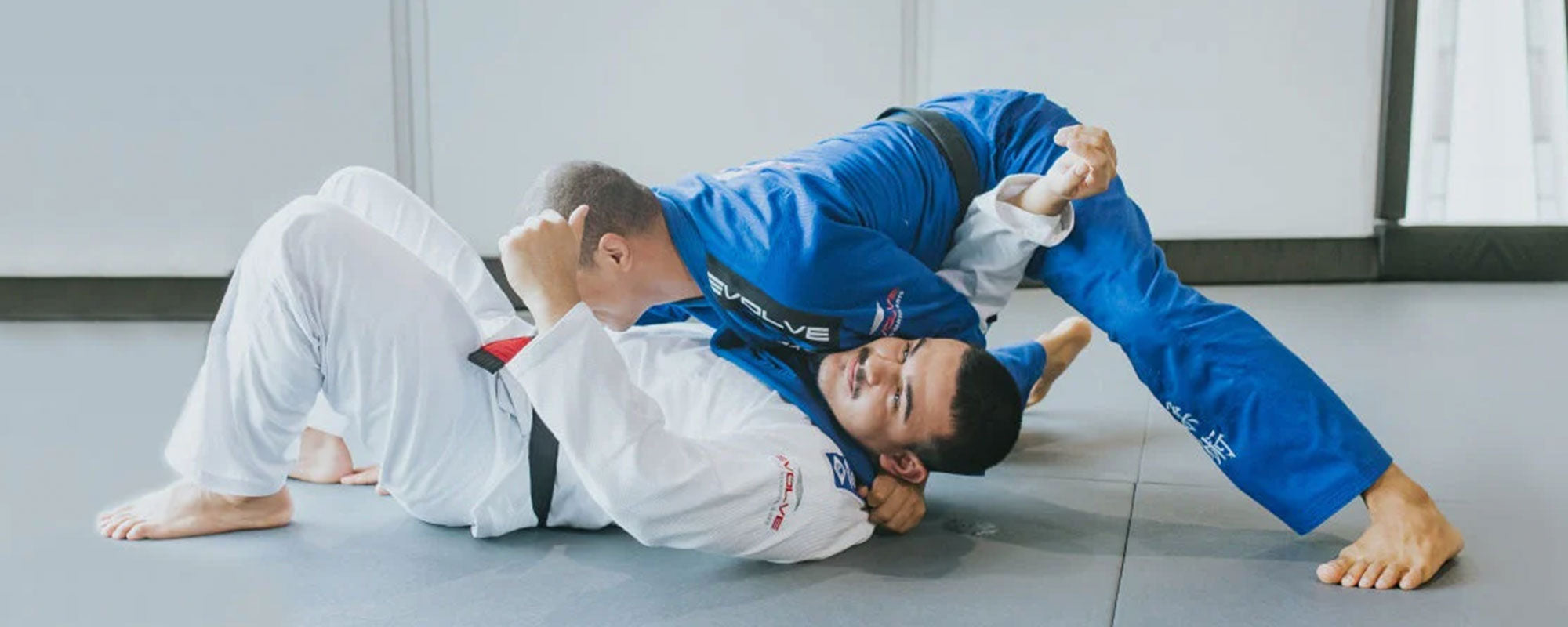Table of content
The neck is the most delicate part of the body. During martial arts training, many incidents have occurred where fighters suffered from serious neck injuries. Injuries in jiu-jitsu are inevitable, but you should try to avoid neck injuries if possible. If you feel any pain or the following symptoms, then you might have suffered a neck injury.
- Unconsciousness
- Numbness in upper or lower limbs
- Bad eyesight
- Severe pain in the neck or head
- Weakness in the affected area
1. Risks of Cervical Injuries in Martial Arts
In 2005, a research article published by orthopedic doctors named T Kochhar, D L Back, B Mann, and J Skinner demonstrated that four takedown techniques could cause cervical injury. These techniques are intended to take down and subdue opponents on the ground. These four BJJ techniques are:
1.1. O Goshi (judo)
O Goshi means “hip toss.” As the name implies, a fighter attempts to do a clinch, grabbing the opponent's shoulders and swinging over his/her hips. This exerts pressure on the spine and neck which could result in injury.
1.2. The Suplex (jiu-jitsu)
When doing a suplex, a fighter grabs the opponent from behind, lifts him/her up, and falls backward with the opponent’s head hitting the ground first.
1.3. The Souplesse (A form of the suplex)
A fighter raises the opponent from the waist, swings to the side, and slams the opponent down onto his/her back.
1.4. The Guillotine Drop
A fighter chokes out the opponent by applying a Guillotine choke to the neck. After applying the choke, the fighter falls backward and the opponent's neck is forcibly bent while falling to the ground.
This study concluded that these four martial arts techniques have kinematics that can result in serious cervical injury. There is a strong resemblance between the kinematics of automobile accidents and BJJ techniques. The authors gave the opinion that newcomers or beginners should avoid using these techniques entirely.
2. Tips To Keep Your Neck Safe In BJJ
Follow the tips below to keep your neck safe in BJJ.
2.1. Check Your Posture
To improve the flexibility of the neck muscles, check the posture of your neck. Your neck staying in a bad position for too long will result in damaged neck tissue. While practicing jiu-jitsu, doing guards can exert pressure on your neck. Sometimes, your opponent's weight will put undue pressure on your cervical area, causing injury to the shoulders and spine.
2.2. Frequently Tap
When desperately trying to escape from a hold, your neck may be pulled and pushed unnaturally.
2.3. Warm Up
Perform motion exercises before sparring and rolling. This will improve your neck’s posture, improve blood flow, and strengthen neck muscles, resulting in fewer sprains on the neck and shoulders.
3. Neck Strengthening Exercises for BJJ
It is essential to take care of your neck since neck injuries heavily impact your body movements. Below is an image depicting famous wrestler Martin Burns, who conditioned his neck so that he could be hanged 6 feet above the ground without suffering any injuries.
“It was in the late 1890s [Burns] incorporated a side attraction into his show whereby he’d hang himself with a noose and a six-foot hangman’s drop, then he would talk to the audience members while hanging.”
Neck exercises for jiu-jitsu improve the body posture, strength, and balance of the back to help prevent serious injuries.
Mike Gilette once stated,
“The neck is an interesting piece of architecture because it is the pathway for most parts of the body: the central nervous system, all of your airway, your internal plumbing as far as your circulatory system is concerned. But interestingly, it is all built around one of the most structurally weak parts of the body.”
Neck muscles are often ignored, not being given enough attention like calves and abs. But strengthening your neck muscles will ultimately improve your ability to perform chokes and submissions.
3.1. Improve Isometric Strength in Your Neck
Improving the isometric strength of your neck during BJJ training requires a moderate-sized resistance band. Place the band on your head and pull it at 90° from each side of your head.
Stretch the resistance band to the left, right, back, and front, keeping it stretched taut for up to 20-30 seconds. This four-way isometric exercise prepares your neck for high impacts from multiple directions.
3.2. Iron Neck
The Iron Neck helps to strengthen your neck from every angle while also providing relief from neck pain. You just have to adjust the Iron Neck’s position around your head and spin it while keeping your chin fixed in place. You can perform 5-10 rotations in a single set for each direction.
3.3. Iron Neck Left and Right
After completing BJJ training, if there is still stiffness or pain in your neck, then the Iron Neck left and the right exercise will help provide relief. Perform the Iron Neck left and right exercise while facing towards and away from the band. Perform 10 reps for each direction.
3.4. Lateral Neck Flexion
Lateral neck flexion is vital in BJJ when applying head and arm chokes during fights. Your neck strength will determine whether you will be able to successfully execute a choke or not. All you need is a weight plate weighing 2.5 kg and perform at least 10-20 reps.
3.5. Neck Extension
Neck extension helps you maintain balance and good posture. You will need a 2.5 kg weight plate to strengthen your neck to handle heavier loads and Perform 10-20 reps to improve your neck’s mobility.
3.6. Neck Bridges
Neck bridging is an exercise that helps grapplers better protect their necks from injury. If your neck is conditioned to bear extra weight, then you can easily endure your opponent’s weight. Neck bridging is performed in two ways:
Backward Neck Bridge
This version has you positioned so that your belly is facing the sky.
Forwards Neck Bridge
This version has you positioned so that your belly is facing the mat.
Keep in mind that neck bridging is not always beneficial. Neck bridging has helped fix neck issues for many BJJ fighters, but has also caused neck problems in others.
3.7. Neck Harness
A neck harness is a tool used to help strengthen your neck muscles and relieve stiffness and tension in your neck. Straightening your posture will improve mobility when pressure is being exerted.
4. Is BJJ Good or Bad For Your Neck?
The back is supported by the ribcage, but the neck lacks any support when pressure is exerted during BJJ fights. The neck is encapsulated by muscles, cartilage, and bones which provide some protection. Despite this, your cervical region is still vulnerable to injury. Your neck can become injured during BJJ training if a neck crank is applied or the neck is choked or twisted.
The major reason for neck pain during jiu-jitsu training is due to incorrect posture. Spending a long time sitting in front of a laptop and TV or being immobilized while using our phones causes postural stress. Neck tissues start to deform if we stay in unhealthy positions for too long.
Protect your neck by performing neck exercises and avoiding the postures which can cause neck pain.
5. The Root Cause of Jiu-Jitsu “Stiff Neck”
Too much training and no rest lead to a stiff neck. Training with an injured neck also leads to serious damage to the neck tissues. The prominent symptom of a stiff neck is localized pain and soreness.
If you continue your training with a sore neck then the pain may become unbearable. You might experience this pain radiating in adjoining parts of the neck.
5.1. Most Likely Cause: Disc Derangement Syndrome
Disc Derangement Syndrome is caused by outer cartilaginous fibers along the shoulder disc being ruptured or torn due to constant postural stress or bending repeatedly. This syndrome causes acute pain in the body.
Neck cranks during BJJ training contribute to neck injuries, but most of your postural habits are the root cause of neck pain. It is difficult to locate the specific spot where the pain is, but often the pain moves from the larger spot to the smaller one. This phenomenon is due to the pressure on the spinal nerves as the pressure changes it triggers the tissues causing pain in the specific area.
5.2. Centralization

Centralization of pain is a desirable process that occurs during movements, changing positions, and performing exercises. It signals relief in pain when the pressure on the nerves is decreased. It reveals that you are getting better, no matter if the pain intensity in your neck or back has increased. Symptoms of centralization may include the following:
- Most intense pain during the morning
- Pain due to muscle tightness
- Inactivity increases stiffness
- Severe pain when moving
5.3. Peripheralization
Peripheralization occurs when specific positions, movements, and exercises are undesirable. This reveals that pressure is exerted on your nerves. If you find a decrease in your pain it may be decisive because pain may further spread to extremity and may worsen your condition.
5.4. Treatment
Disc Derangement Syndrome can be treated with a process called “imbibition” which means “through movement”.
The imbibition process can be understood by plants when they suck water and minerals from the soil. Likewise, the disc needs nutrients for its survival and imbibition occurs naturally in a body. The spinal cord sucks nutrients from the surrounding tissues. In other words, it is a particular type of diffusion that occurs in a human body where solids absorb liquid for the healthy working of the spine.
With this treatment flow of nutrients is enhanced in the damaged discs. This process cures the nutritional deficiency in the spinal cord for its sustainability.
The imbibition process mostly speeds up at night during sleep.
6. Conclusion
As long as you are training in jiu-jitsu, there is always the risk of getting injured. It is possible to avoid these injuries by finding ways to strengthen and condition the neck. These exercises are not as easy as weight lifting and curling. Care and medical advice are vital to perform neck exercises.
Photo Credit: @jiujitsubrotherhood












Leave a comment
This site is protected by hCaptcha and the hCaptcha Privacy Policy and Terms of Service apply.